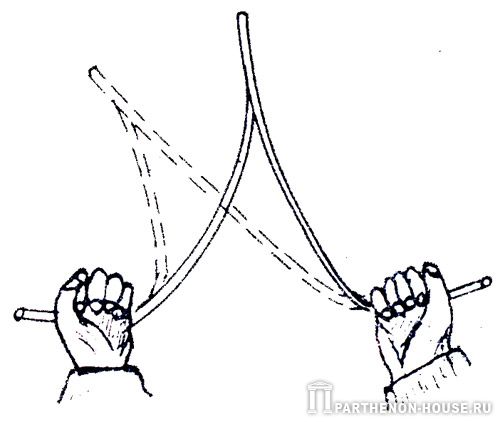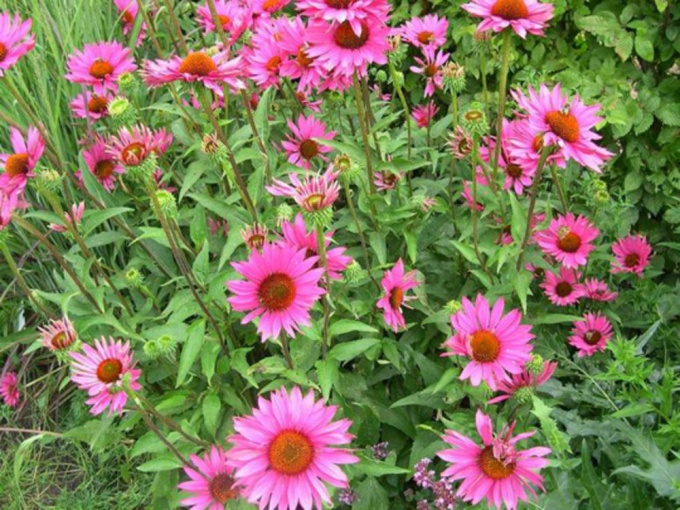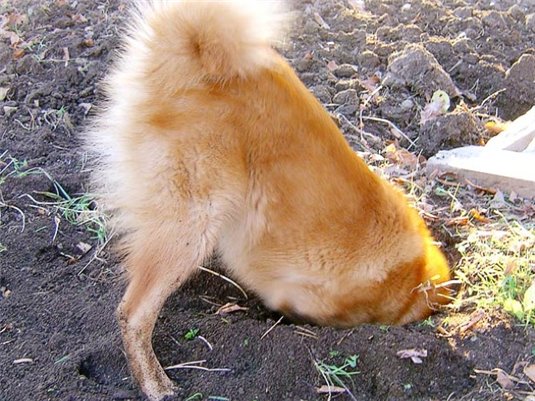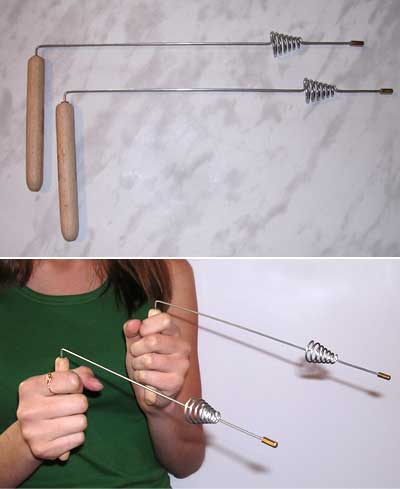You will need
- Aluminum wire, observation of plants and animals, the branch of viburnum or hazel.
Instruction
1
There are 4 most commonly used traditional methods for search of water:
1) In the first case, the search is performed using a display, this version is called the method of biolocation.
2) In the second case the water looking for, observing the plants - indicators.
3) the Third characteristic observation of how animals behave, birds, insects.
4) Observation of natural signs.
1) In the first case, the search is performed using a display, this version is called the method of biolocation.
2) In the second case the water looking for, observing the plants - indicators.
3) the Third characteristic observation of how animals behave, birds, insects.
4) Observation of natural signs.

2
Water-finding method of the display we will need aluminum wire, or branch in the form of a plug with viburnum, witch hazel, willow.
Aluminum wire manufacture two segments whose length is 30-40cm. Then bend them all after 10 inches, and insert them into the wooden tube so that they freely turn.
Hold these cuts. At the beginning of the search they are deployed at the horizon of 180 degrees. Begin to move through the area. The location of the water line segments will be drawn together into the direction of the water flow. When we passed by this place, the wire will disperse to the sides.
Denote the place where the connected segments and pass, spreading them perpendicular. If they immediately connected and kept so for some time, we found the direction of the groundwater. In the case of deviations of the wires in the direction I should look for a place where they will connect. At that point, and is the source of water.
Aluminum wire manufacture two segments whose length is 30-40cm. Then bend them all after 10 inches, and insert them into the wooden tube so that they freely turn.
Hold these cuts. At the beginning of the search they are deployed at the horizon of 180 degrees. Begin to move through the area. The location of the water line segments will be drawn together into the direction of the water flow. When we passed by this place, the wire will disperse to the sides.
Denote the place where the connected segments and pass, spreading them perpendicular. If they immediately connected and kept so for some time, we found the direction of the groundwater. In the case of deviations of the wires in the direction I should look for a place where they will connect. At that point, and is the source of water.

3
Search underground water could be observing the plants. They are, as indicators, indicate the place of its location. Where there is a close shallow water vegetation is more bright and colorful. In ancient times, reference to the proximity of groundwater served Verba. It was also noticed that sorrel also grows in great for digging the well.

4
Watching the behavior of animals, people noticed:
When the dog wants to drink, she's digging in a place where I felt the water.
Goose trying to lay eggs, where the water veins.
Mosquitoes and gnats, when the sun is twisted by the poles in the ground, where the ground is water.
When the dog wants to drink, she's digging in a place where I felt the water.
Goose trying to lay eggs, where the water veins.
Mosquitoes and gnats, when the sun is twisted by the poles in the ground, where the ground is water.
Note
The way to determine hard water or soft intensity of scale formation in the kettle. But this method is not very good, it only captures part of the hardness, the temporary hardness (calcium, magnesium and bicarbonates).
Useful advice
At home you will be able to identify only organic-septicemia properties of water: taste, odor, color, turbidity, transparency. And that respect. Taste to determine just tasting the water. Qualitative determination is carried out descriptive: weak opalescence, opalescence, weak, and strong visible haze.
